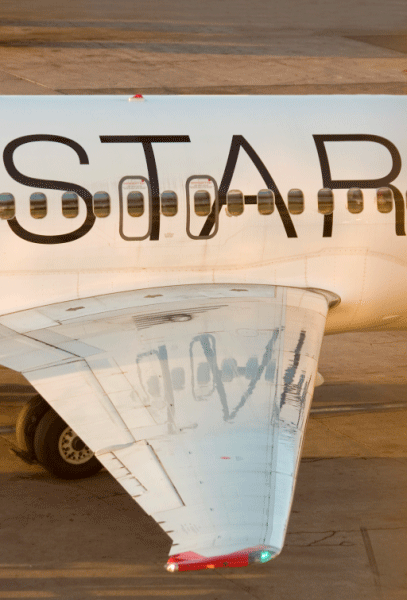Spanish investigators have not confirmed a report which claims that the Spanair Boeing MD-82 which crashed during departure from Madrid Barajas had not been configured for take-off, and that a cockpit alarm did not activate to alert the crew.
The report from the Wall Street Journal, citing preliminary analysis of flight-data and cockpit-voice recorder information, says that both Pratt & Whitney JT8D-217 engines on the aircraft were functioning properly - contradicting early suggestions of an engine fire or other powerplant malfunction - but that the MD-82's flaps had not been extended.
 |
|---|
©SilverWingPics/Airteamimages.comWas the MD-82's wing in this "clean" configuration? |
Flight JK5022 to Las Palmas crashed on 20 August killing 154 of its 172 occupants. Just before take-off the aircraft had undergone rectification of a technical problem affecting an external temperature probe, but investigators have yet to clarify whether this bore any relation to the subsequent events.
Spanair states that, although a replacement aircraft was made available as per standard operating practice, the carrier deemed a switch unnecessary, and likely only to delay the flight.
While the configuration information remains uncorroborated by official sources, such circumstances have previously been linked with a fatal MD-82 departure accident.
The US National Transportation Safety Board determined that the loss of a Northwest Airlines MD-82 at Detroit, almost exactly 21 years before the Spanair crash, was due to the crew's failure to use the taxi checklist to ensure that the flaps and slats were extended prior to the take-off roll.
NTSB investigators also found that the central aural warning system, which should have alerted the crew to the unsafe condition, had not activated because electrical power to the system had been interrupted at a circuit-breaker, for undetermined reasons. Coincidentally the 16 August 1987 accident also killed 154 passengers and crew. There was a sole survivor from the jet, and two fatalities on the ground.
Source: Air Transport Intelligence news
















